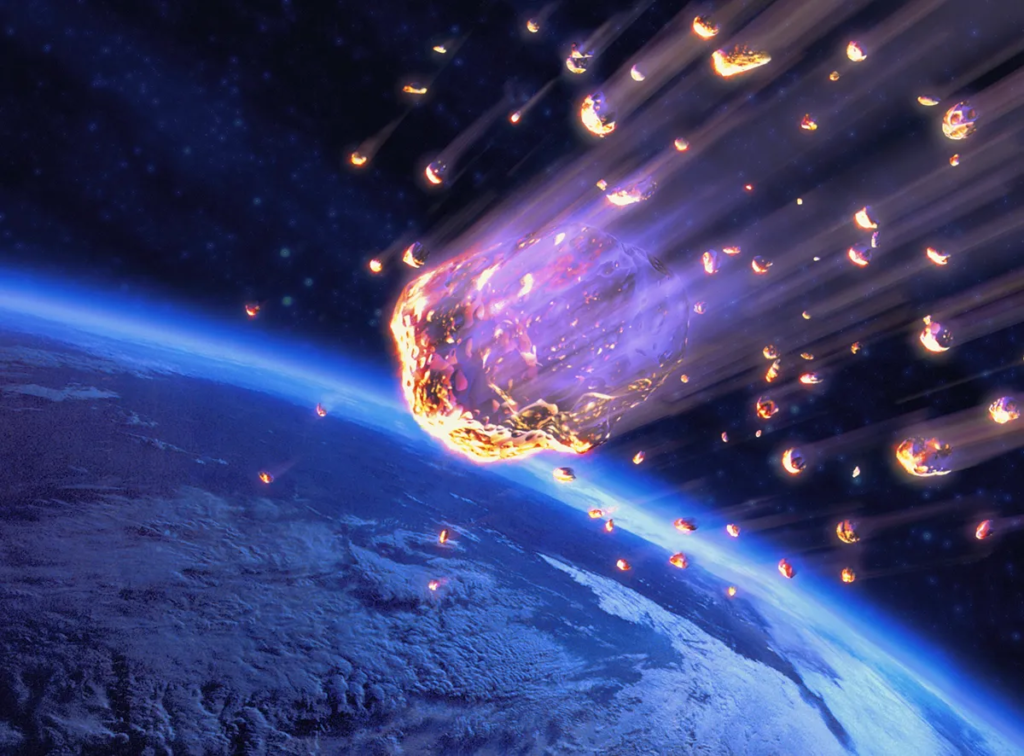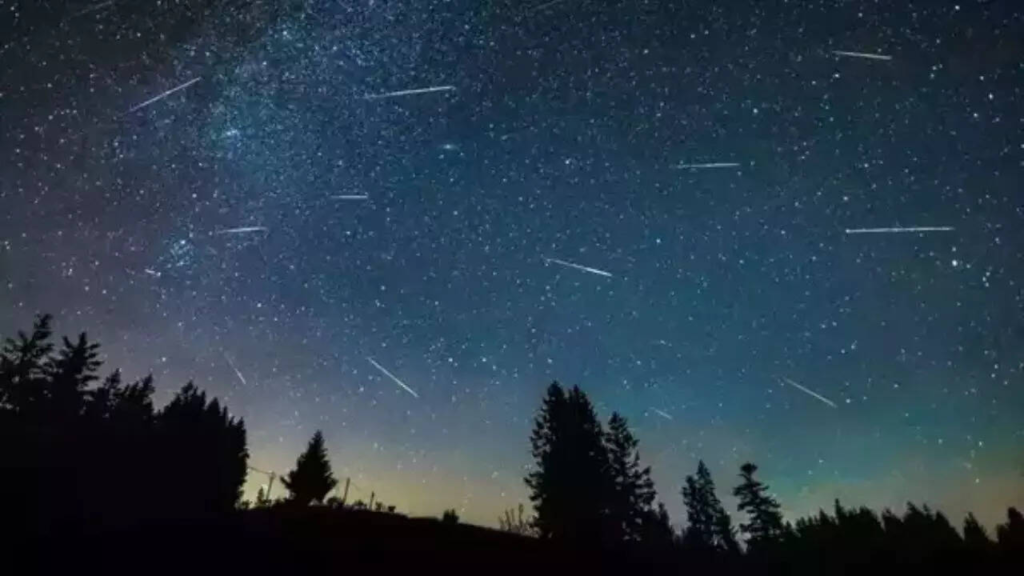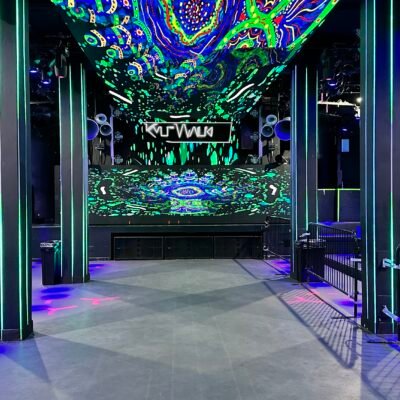NASA has recently announced a series of exciting celestial events that will light up the night skies across the United States in the coming months. From dazzling meteor showers to breathtaking eclipses, stargazers and astronomy lovers have plenty to look forward to. These natural spectacles promise stunning views for people in many parts of the country.
If you enjoy watching the night sky or want to experience the wonder of space events, this is the perfect opportunity. Below, we share detailed information on the upcoming meteor showers and eclipses, including when and where you can see them.
What Meteor Showers Can You Expect?
Meteor showers are one of the most beautiful natural events. They occur when Earth passes through a trail of debris left by comets or asteroids. The particles burn up in the atmosphere, creating bright streaks of light called “shooting stars.” NASA’s announcements include several major meteor showers visible across the U.S.

The Perseids Meteor Shower is one of the highlights. This shower is famous for producing up to 60 meteors per hour at its peak. It is expected to peak around mid-August this year. The Perseids are best seen in the Northern Hemisphere, and the U.S. will offer clear views, especially in dark, rural areas away from city lights.
Following the Perseids, the Orionids Meteor Shower is expected in October. This shower comes from debris left by Halley’s Comet and produces bright, fast meteors. It typically peaks around October 20-22 and can be seen from dusk to dawn, providing a good show for U.S. viewers.
Lastly, the Geminids Meteor Shower will take place in December and is considered the strongest meteor shower of the year. This shower often delivers over 100 meteors per hour at its peak, making it a must-watch event. NASA predicts clear skies for much of the U.S. during this time, which will make the Geminids even more spectacular.
For more details on meteor showers and how to watch them safely, check NASA’s official Meteor Showers Guide.
Upcoming Eclipses Visible Across the U.S.
In addition to meteor showers, NASA has also confirmed several eclipses that will be visible in parts of the United States. Eclipses occur when the Sun, Moon, and Earth align, causing either the Sun or Moon to be partially or fully hidden.
One of the most anticipated events is the Annular Solar Eclipse expected on October 14, 2023. During an annular eclipse, the Moon covers the center of the Sun, leaving a “ring of fire” visible around the edges. This eclipse will be visible as a ring-shaped solar eclipse along a path crossing several western states. Outside this path, a partial solar eclipse will be seen across much of the country.
Following this, a Total Solar Eclipse will occur on April 8, 2024. This eclipse is special because the Moon will completely cover the Sun for a few minutes in a narrow path stretching from Texas to Maine. Millions of people in the U.S. will have the chance to experience daytime darkness for several minutes, weather permitting. This rare event is expected to attract stargazers, scientists, and tourists.
To prepare for safe viewing, NASA recommends never looking directly at the Sun without proper eye protection, such as eclipse glasses certified for solar viewing. Learn more about safe eclipse viewing at NASA’s Eclipse Safety Page.
Best Times and Locations to Watch
The best time to watch meteor showers is usually after midnight until dawn when the sky is darkest, and Earth faces the part of space with the most meteoroid debris. For the Perseids and Orionids, finding a location away from city lights will improve visibility.

For solar eclipses, the best viewing depends on your location relative to the path of totality or annularity. The October 2023 annular eclipse path runs through states including Oregon, Nevada, Utah, and Texas. The April 2024 total solar eclipse path covers Texas, Arkansas, Missouri, Illinois, Indiana, Ohio, New York, Vermont, New Hampshire, and Maine. People outside these areas will see partial eclipses but may want to travel to be in the best viewing spots.
Using NASA’s interactive maps and eclipse trackers can help you find the ideal location and time to witness these events. Visit the NASA Eclipse Website for maps, timing, and tips.
Why Are These Events Important?
Meteor showers and eclipses are not only beautiful but also important for scientific research. They help astronomers learn about the composition of comets, asteroids, and the Sun. Observing meteor showers can provide clues about the solar system’s history, while eclipses allow scientists to study the Sun’s outer atmosphere and test theories about gravity and light.
For the public, these events inspire curiosity about space and encourage people to look up and appreciate the universe. Many families and communities plan events around meteor showers and eclipses, making these occurrences moments of shared wonder.
How to Prepare for Watching
To make the most of these celestial events, experts suggest some simple preparations:
- Check local weather forecasts to ensure clear skies.
- Find a dark location away from city lights for meteor showers.
- Bring comfortable chairs or blankets for long viewing sessions.
- Use apps or websites like Stellarium to track meteor showers and eclipses in real time.
- Always use certified solar glasses to view eclipses safely.
Final Thoughts
NASA’s announcement of upcoming meteor showers and eclipses is excellent news for skywatchers across the United States. These events offer an amazing chance to connect with the cosmos and experience nature’s spectacular light shows. Whether you are an experienced astronomer or a curious beginner, mark your calendars and get ready for unforgettable nights under the stars.
Stay updated on all NASA space events by visiting their official NASA Events Page.
Also Read – Phoenix Is Sinking—But Slower Than Other U.S. Cities!






